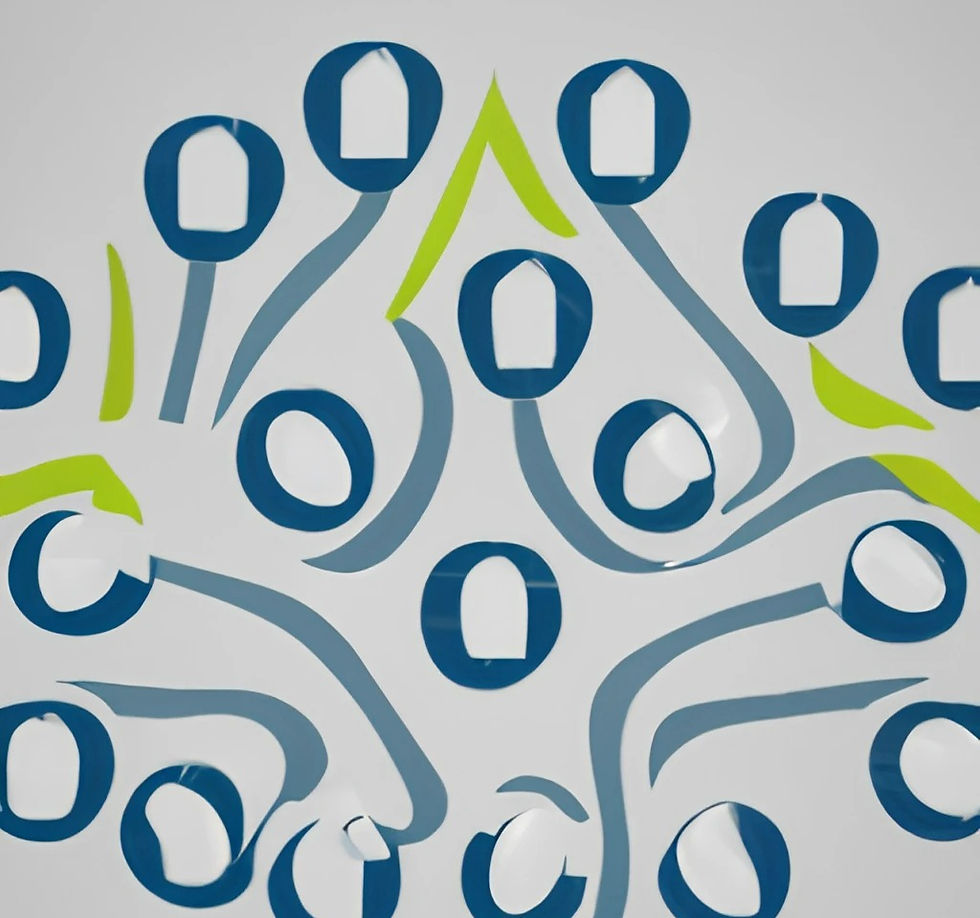A brief history of cleaning validation in the pharmaceutical industry
- Ahmed Ramy, PhD
- Mar 12, 2023
- 3 min read

Cleaning validation is an essential process in the pharmaceutical industry to ensure that drug products are safe and effective for patients. Over the years, cleaning validation has evolved from a basic visual inspection to a complex and highly regulated process. In this article, we will explore the history of cleaning validation in the pharmaceutical industry.
Early Days of Cleaning Validation In the early days of the pharmaceutical industry, cleaning validation was a simple process that involved visually inspecting equipment after cleaning to ensure that there was no visible residue. This was a subjective process that relied heavily on the experience and judgment of the cleaning personnel. However, as the pharmaceutical industry grew, the need for a more objective and scientific approach to cleaning validation became apparent.
1960s and 1970s In the 1960s and 1970s, the United States Food and Drug Administration (FDA) began to develop regulations for the pharmaceutical industry. These regulations included requirements for cleaning validation to ensure that equipment was properly cleaned between batches of drug products. During this time, the pharmaceutical industry began to use analytical methods to detect trace amounts of residual drug products and cleaning agents on equipment surfaces. These methods included chromatography, spectrophotometry, and titration. These analytical methods allowed for a more objective and precise approach to cleaning validation.
1980s and 1990s In the 1980s and 1990s, the FDA increased its focus on cleaning validation and issued guidance documents that provided more detailed requirements for the process. The FDA's in 1993 issued a guidance document, " Guide To Inspections Validation Of Cleaning Processes" included the FDA expectations with regard to cleaning validation and outlined the key elements of a successful cleaning validation program. During this time, the pharmaceutical industry began to use swabbing and rinsing techniques to collect samples from equipment surfaces for analysis. These techniques provided more accurate and reliable results than visual inspection alone.
2000s and Beyond In the 2000s and beyond, the FDA continued to increase its focus on cleaning validation and issued additional guidance documents that provided more specific requirements for the process. The concept of Health Based Exposure Limits (HBEL) and Permitted Daily Exposure became adopted by major regulatory bodies in place of less science and risk based approaches that was suggested earlier (e.g. 10 ppm limit or 1/1000 of therapeutic dose). In 2014, EMA issued it is Guideline on setting health-based exposure limits for use in risk identification in the manufacture of different medicinal products in shared facilities. ISPE issued also the Risk-Based Manufacture of Pharmaceutical Products (Risk-MaPP) guide with further details on managing the cross-contamination risk in multi-product facilities. This was followed by the ISPE Cleaning Validation Lifecycle guide in 2020 offering a comprehensive approach for establishing a compliant cleaning validation program. The pharmaceutical industry has continued to develop new and innovative methods for cleaning validation, including the use of advanced analytical techniques such as mass spectrometry and nuclear magnetic resonance spectroscopy. These techniques allow for the detection and quantification of even trace amounts of residual drug products and cleaning agents.
The Future of Cleaning Validation As the pharmaceutical industry continues to evolve, so too will the process of cleaning validation. New technologies and techniques will be developed that will make the process more efficient, effective, and reliable. One area of focus for the future of cleaning validation is the use of automated cleaning systems. These systems can provide a more consistent and reliable approach to cleaning validation, reducing the risk of errors and variability. Another area of focus is the development of more sensitive and specific analytical methods for detecting residual drug products and cleaning agents. These methods will allow for the detection of even lower levels of residual contaminants, improving the safety and efficacy of drug products.
Conclusion The history of cleaning validation in the pharmaceutical industry has been marked by a gradual evolution from a basic visual inspection to a complex and highly regulated process. The use of analytical methods, swabbing and rinsing techniques, and automated cleaning systems has made the process more objective, reliable, and efficient. As the pharmaceutical industry continues to evolve, so too will the process of cleaning validation. New technologies and techniques will be developed that will make the process even more effective and efficient. By staying up-to-date with these developments, the pharmaceutical industry can ensure that its products are safe and effective for patients.



Comments